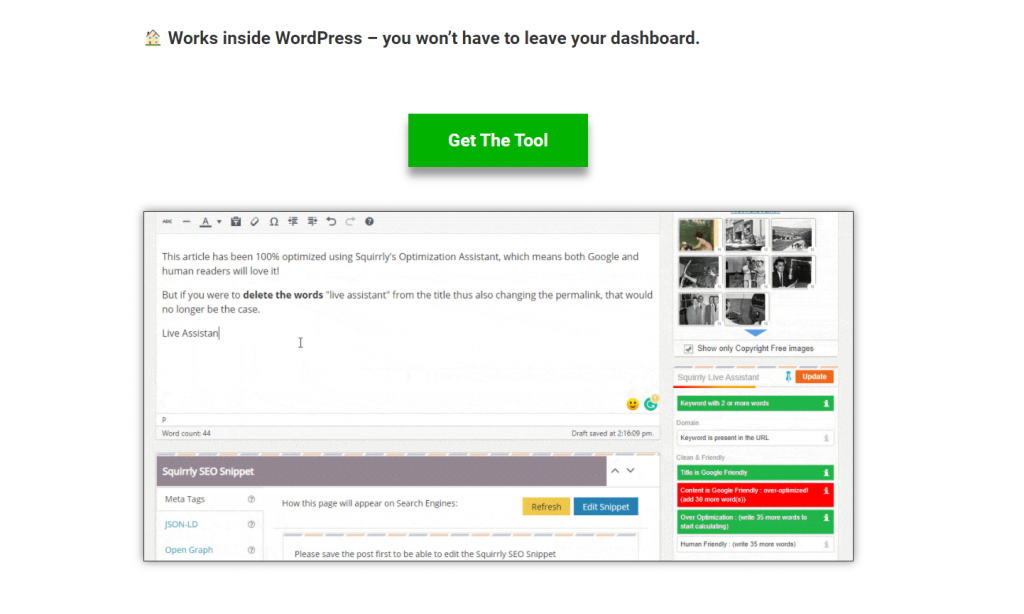In today’s rapidly evolving digital landscape, the content creation industry is experiencing a transformative shift, largely fueled by innovations in artificial intelligence. One of the most promising developments is the integration of AI-driven image search into content workflows. This new capability aims to streamline processes, boost productivity, and create richer content experiences. But before launching such a solution, it’s imperative to understand both the technical and strategic components that go into successful implementation.
Why AI Image Search Matters for Content Creators
Content creators—whether bloggers, marketers, journalists, or educators—rely heavily on visuals to engage their audiences. Finding the right images can be time-consuming and often involves licensing hurdles or quality compromise. AI-powered image search changes the game by:
- Speeding up the image-finding process: AI can analyze content context and automatically suggest relevant imagery.
- Improving content relevance: Algorithms can match visuals to the semantic meaning of the text, not just keywords.
- Reducing operational costs: Automation minimizes time spent on manual image searches and boosts team efficiency.
Key Steps to Launch an AI Image Search Solution
If you’re considering launching an AI-based image search platform or integrating it into your current content pipeline, here are the essential steps you should follow:
1. Define Your Use Case Clearly
Start by determining who the end-users are and what problem the AI image search is solving. Are you aiding journalists in sourcing images quickly? Or supporting marketers in personalizing campaigns with contextual visuals? Precise goals will shape the development process and help you create a feature-rich, user-focused product.
2. Choose Appropriate AI Technologies
The backbone of image search involves a mix of techniques such as computer vision, machine learning, and natural language processing (NLP). Technologies to consider include:
- Convolutional Neural Networks (CNNs): Ideal for image classification and feature detection.
- Text-to-image matching: Translates text queries into visual results using vision-language models.
- Semantic search layers: Enables deeper contextual understanding between image content and text input.
3. Curate and Train on Quality Data
The effectiveness of AI depends heavily on the quality of its training data. Assemble a diverse, high-resolution image database and pair it with accurate metadata. Make sure to account for ethical use, licensing, and representation across different cultures and use cases.
4. Focus on User Interface and Experience
No matter how powerful your AI is, user adoption hinges on usability. Create intuitive interfaces that incorporate features like:
- Drag and drop image search
- Voice or natural language queries
- Recommendations based on past behavior or content types
Conduct multiple rounds of testing with actual users to refine the experience and remove friction from the workflow.
5. Ensure Scalability and Integration
Your solution should integrate seamlessly with content management systems (CMS), marketing platforms, and design tools. Use APIs and plug-ins to enhance compatibility. Also, consider future scaling needs—traffic surges, database growth, and added features should not disrupt performance.
6. Prioritize Legal Compliance and Ethics
Include mechanisms for copyright filtering, model transparency, and human moderation. Ethical AI use strengthens trust and ensures compliance with global data protection and media laws.
Challenges to Watch Out For
While launching an AI-driven image search system offers numerous advantages, there are also pitfalls to navigate:
- Bias in training data: Poorly diversified databases can lead to skewed or inappropriate results.
- Inaccurate tagging: Machine-generated tags sometimes miss context or relevance, leading to irrelevant suggestions.
- Latency issues: High-resolution media processing can slow down response times if not optimized properly.
Collaborating with industry experts, investing in continuous learning models, and incorporating feedback loops are important for overcoming these hurdles.
The Future is Contextual and Automated
The intersection between AI and content creation is unlocking exciting potentials. From intelligent media recommendations to real-time content personalization, AI image search is just one facet of the broader revolution. When launched thoughtfully, such a tool not only empowers creators but also enhances the consumer experience by offering more relevant, timely, and striking visuals.
By focusing on user needs, applying robust AI models, and ensuring ethical standards, your AI-driven image search initiative can become a game-changer in the content creation industry.

